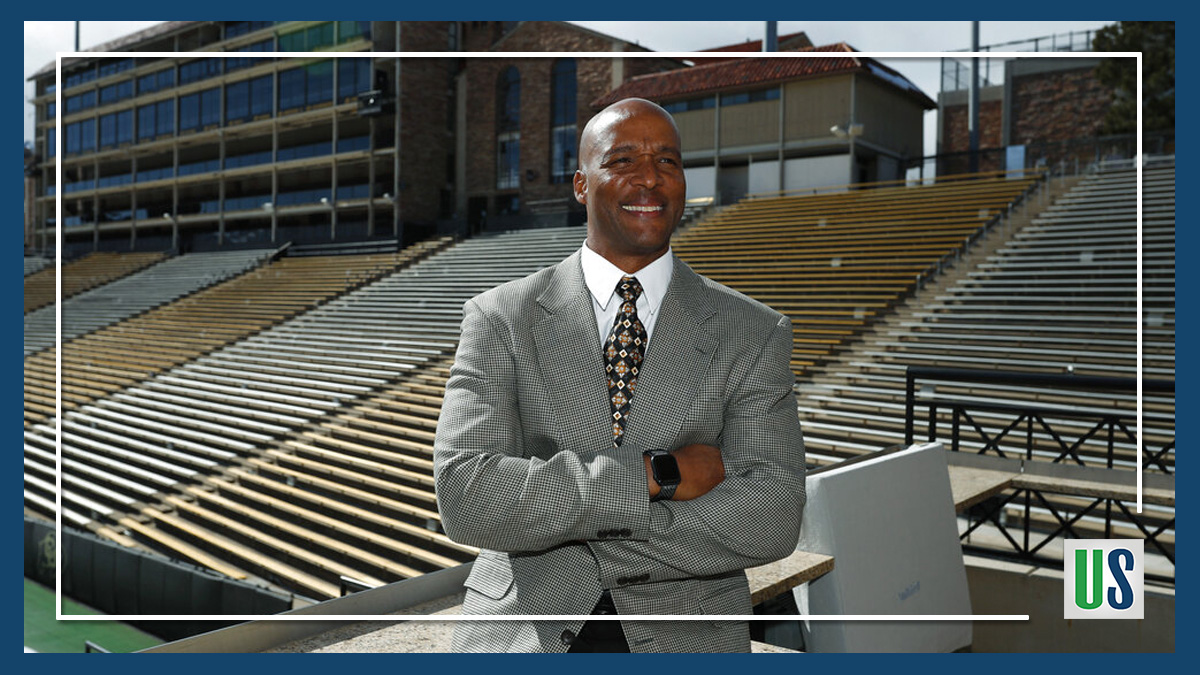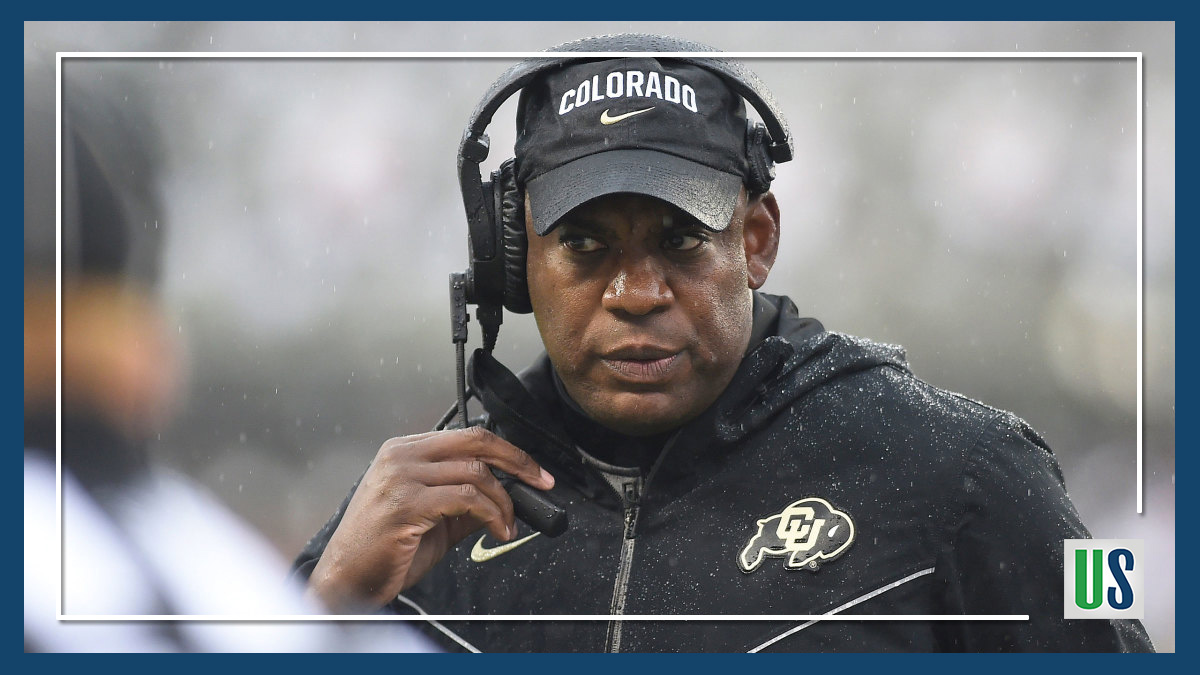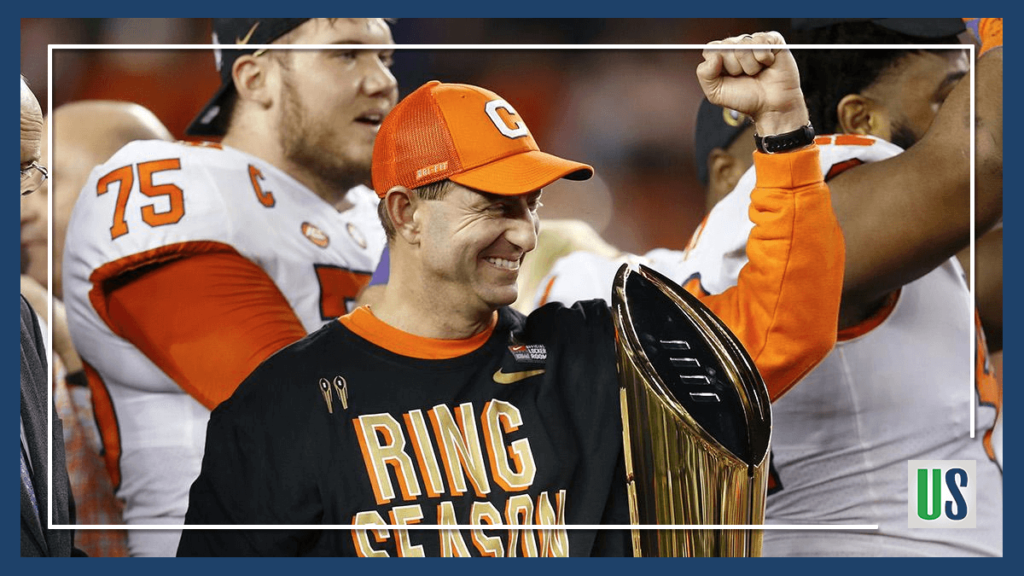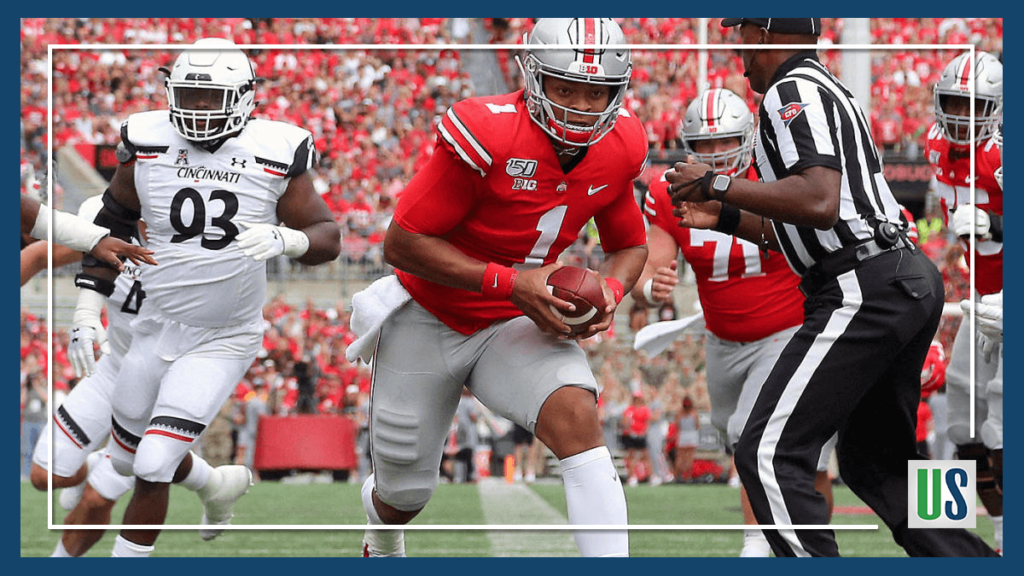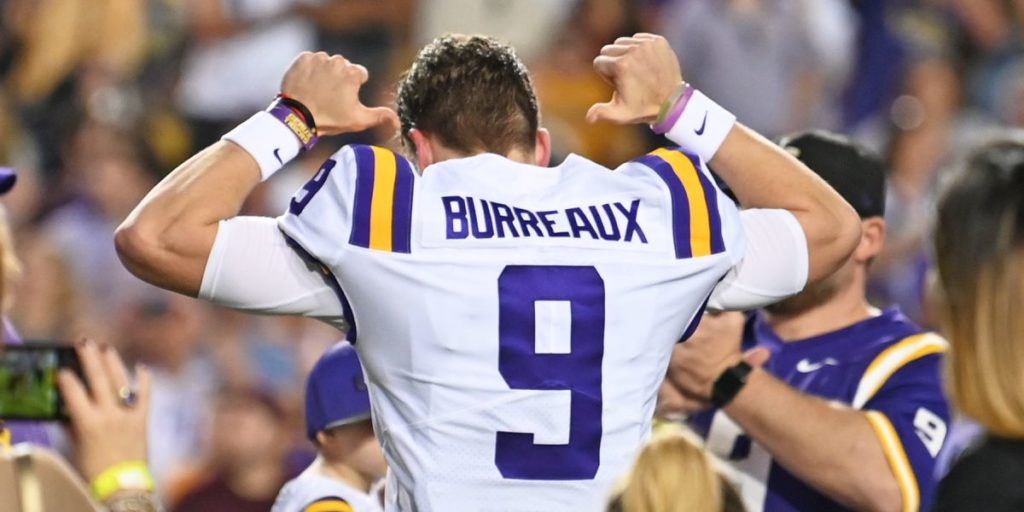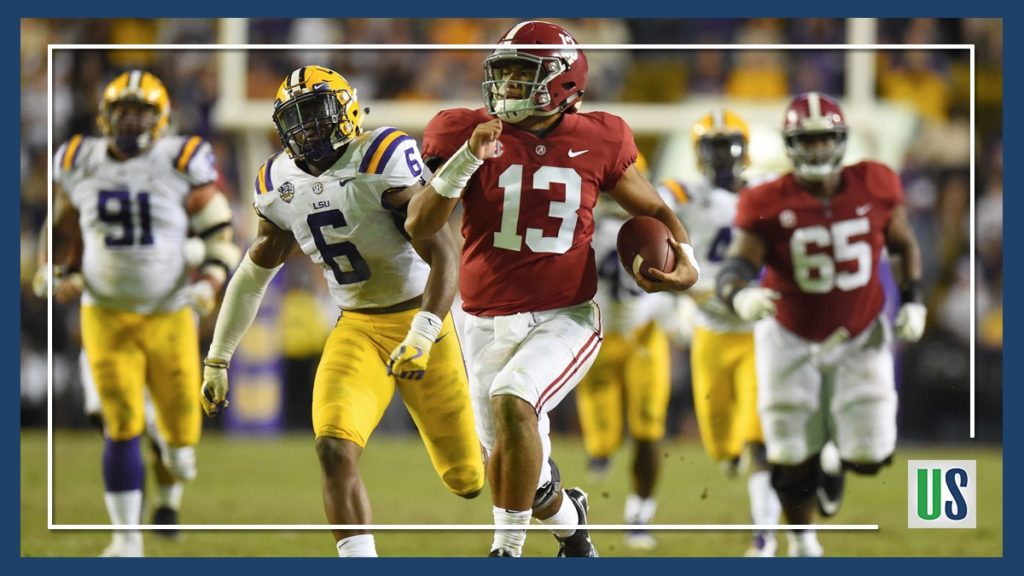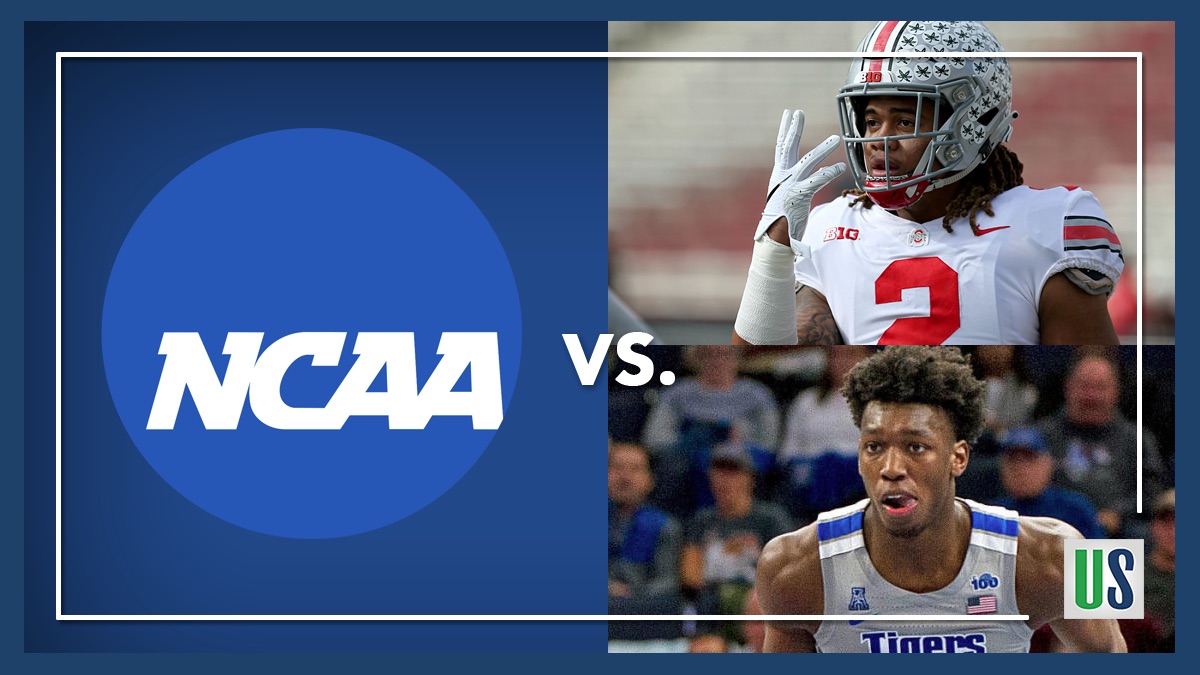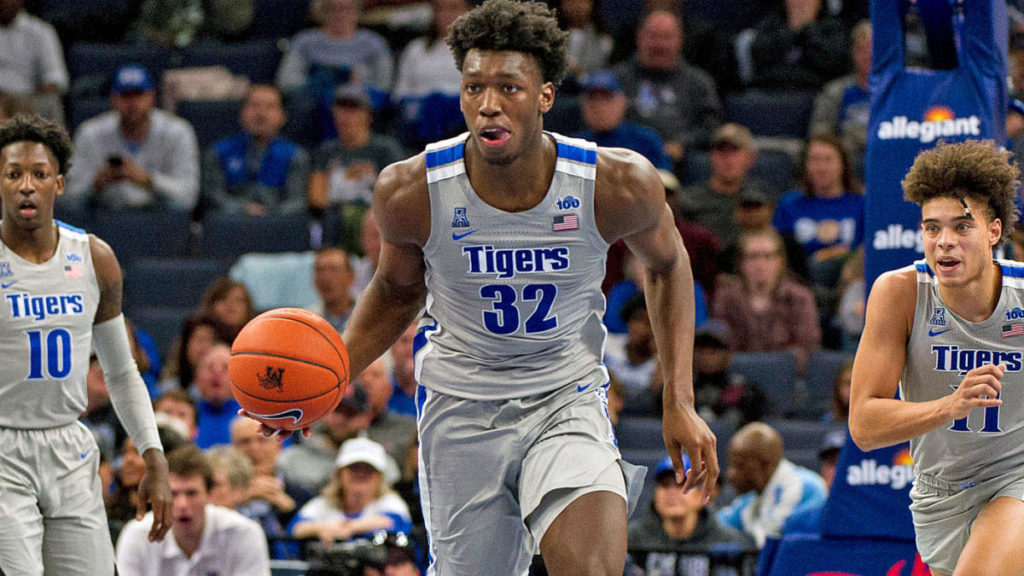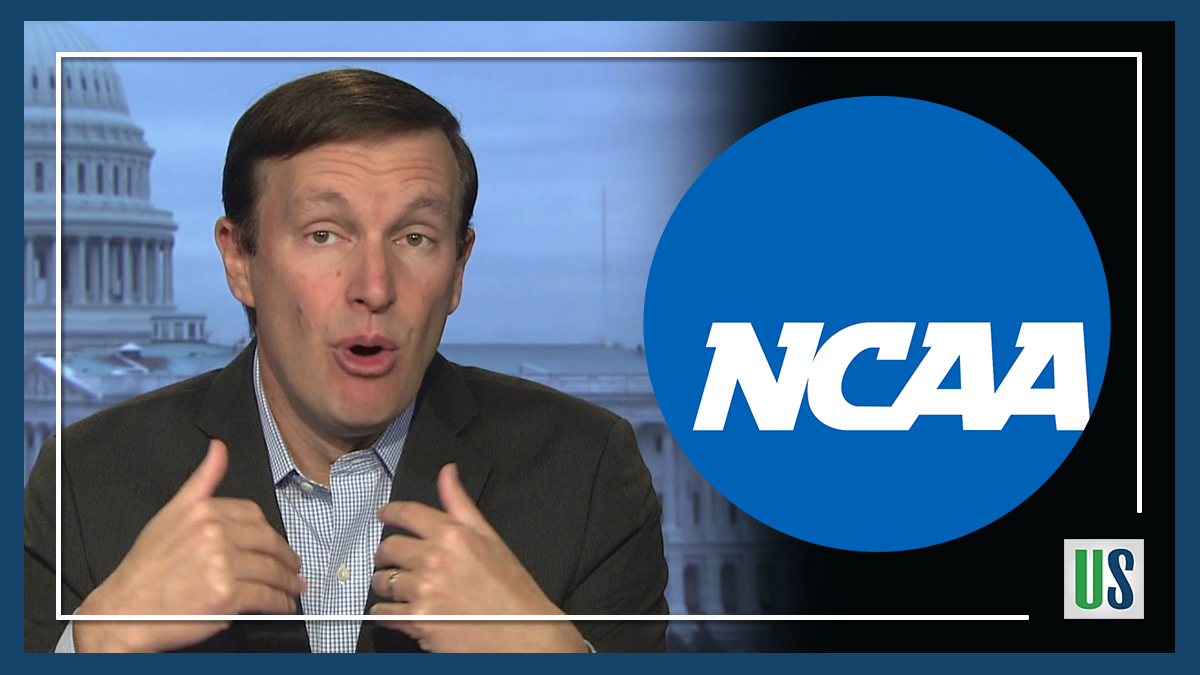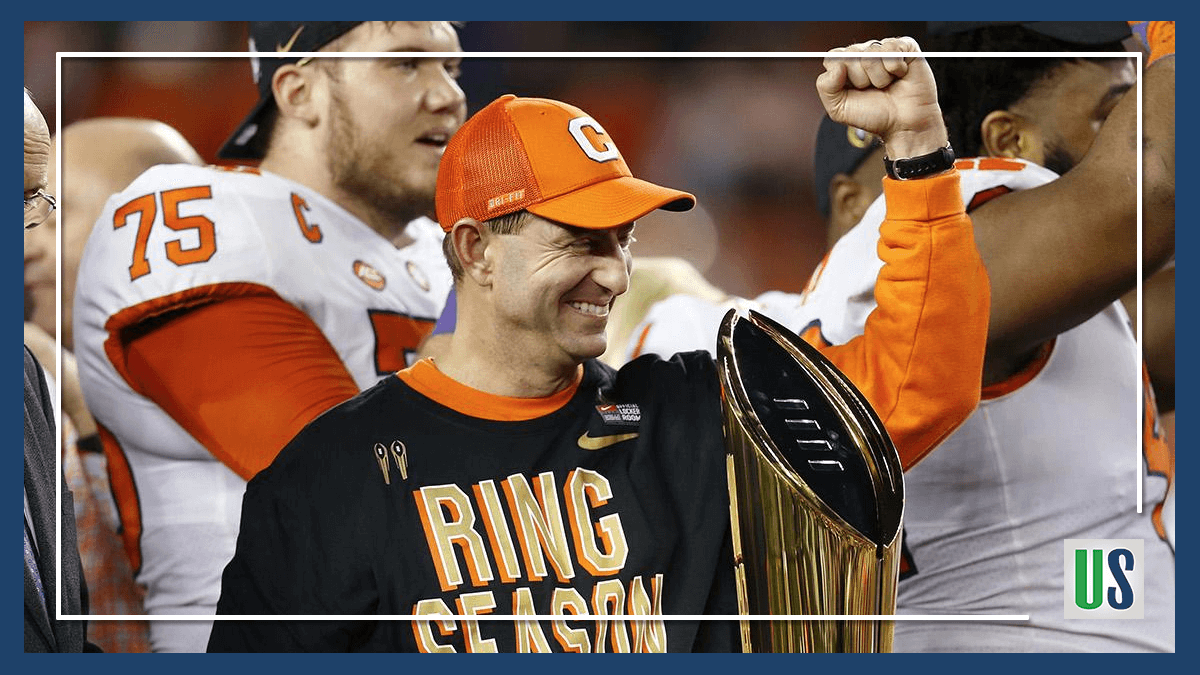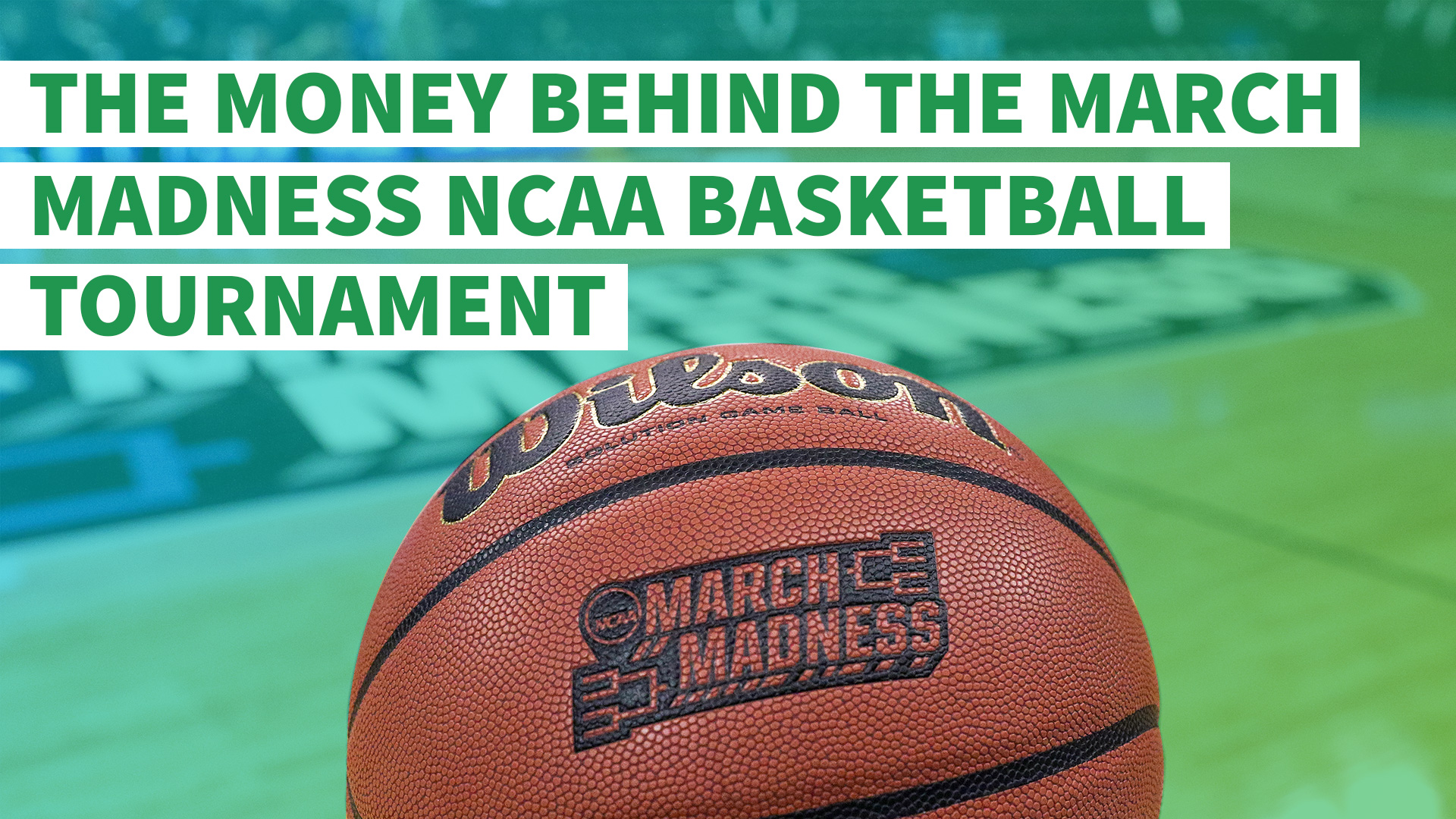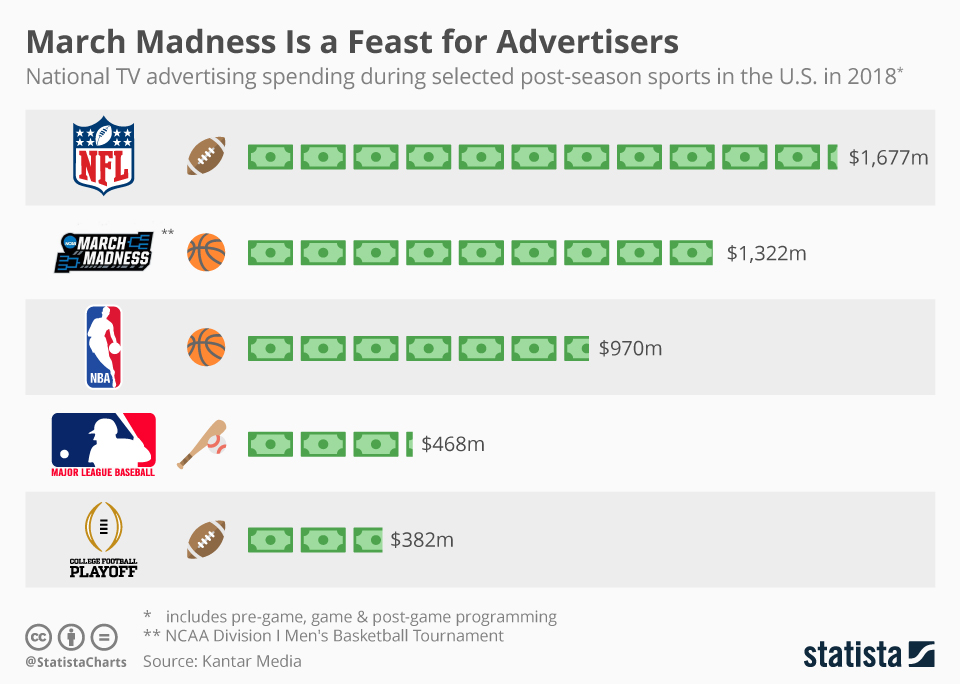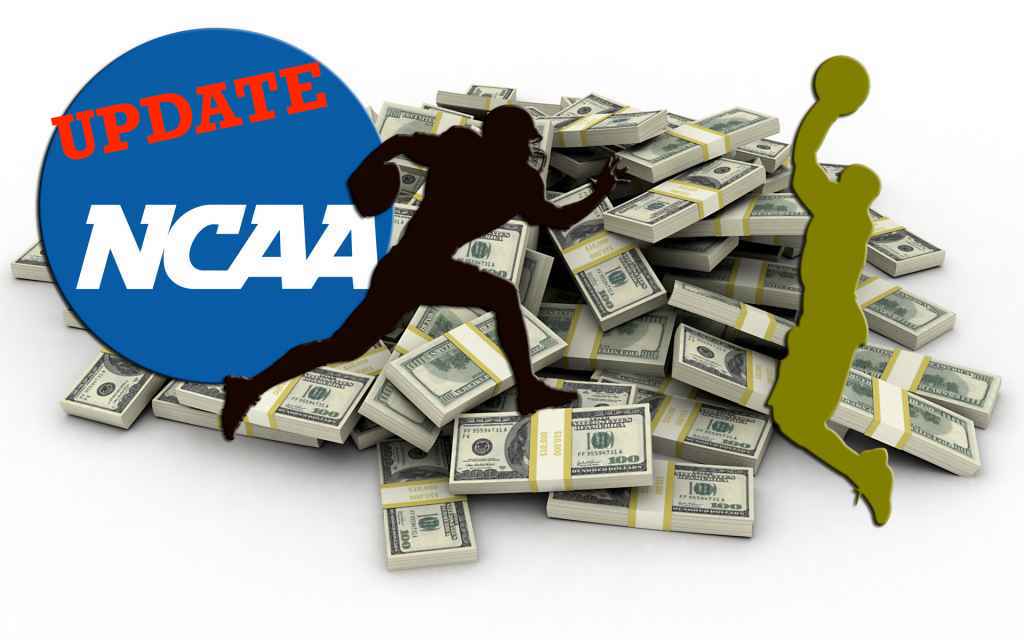The Colorado Buffaloes’ 2020 coaching search has ended. Karl Dorrell will be the new head coach of the Buffs. Dorrell signed a five-year, $18 million contract to be CU’s coach.
Dorrell has roots in the Pac-12. He played wide receiver at UCLA from 1983-86 and was UCLA’s head coach from 2003-07. He has had two previous coaching stints at Colorado, from 1991-92 and 1995-98, while CU was a member of the Big Eight and Big 12 Conferences. Between 1995-98, Dorrell was the Buffaloes’ offensive coordinator. They went 33-14 in that span and won three bowl games, most notably the Cotton Bowl to end the 1995 season.
Dorrell’s Contract and Assistant Coaching Pool Exceeds Amount Mel Tucker Had
Dorrell’s contract will include a $3.8 million pool for him to hire his assistant coaches, an increase from the $3.155 Mel Tucker had for his assistants.
“My salary pool is tremendous,” Dorrell said Monday at his introductory press conference. “I am very flattered to work with (the $3.8 million) pool.”
Having every extra dollar will help Dorrell. The Pac-12 distributes $33 million to its schools for media rights. This figure is $11 million less than the SEC and $22 million less than the Big Ten. On the national scale, it looks like Dorrell may have an uphill battle on recruiting. The financial difference between the Pac-12 and other conferences creates an imperfect scenario for Dorrell.
“There’s no perfect scenario where you are going to have every resource you need to get the job done,” Dorrell said.
Listen to the Best Pac-12 Podcast
Dorrell 3rd-Highest Paid Head Coach In Pac-12 In Spite of Colorado Athletics Losing Money In 2019
Colorado athletics as a whole lost over three million dollars in 2019 according to the University of Colorado Athletics NCAA Financial Report. Consequently, the results of this report contribute to questions of if Colorado Buffaloes football can get back to relevance.
The Pac-12 has athletic programs that struggle financially, and it is due to the lack of support for the institutions themselves. Colorado is stepping in the right direction by providing Karl Dorrell with more resources. However, the Pac-12 as a whole still has a lot of ground to cover to match the resources available to the other Power 5 conferences in college football.
Dorrell Gets Paid, In “For the Long Haul” As Head Coach of Colorado Buffaloes
Karl Dorrell’s contract exceeds the likes of Chip Kelly and Mario Cristobal. Dorrell said the coaching the Buffaloes is a “dream job” and that “what (the Buffaloes) do on Saturdays will be a sight to be seen.”
Dorrell stated in his press conference that he was “in for the long haul”, which fans will rally around because of the way Mel Tucker left the program. Because of his Colorado ties, Dorrell wants to see the program become relevant again. He stated that he has a responsibility to “bring the (Colorado football) program to greatness”.
Karl Dorrell Hiring Has Positive Reaction From Colorado Football Greats
The UCLA Bruins made a bowl game in every season (2003-2007) Karl Dorrell was their head coach. Dorrell compiled a 35-27 record at UCLA. The Buffaloes got an experienced head coach, but 2020 will be the first season in 13 years where Dorrell is the head coach of a football team. With the increased pool to hire assistant coaches, Dorrell will have to utilize his resources effectively. He received praise from many Colorado football greats, including Broncos legends Ed McCaffrey and Mike Shanahan. Legendary Buffaloes receiver Michael Westbrook also weighed in on the Dorrell hiring:
Fans Should Feel Positive About Colorado Making a Good, Not Splashy Hire
There has been a generally positive reaction from fans, even though there are always those detractors out there. While Dorrell was not the splashiest hire, he has a track record of winning games as a college football head coach. However, UCLA fans desired more from his tenure. He was able to get his team to bowl games every season, which Colorado would gladly take. The Buffaloes have only one bowl appearance in the past 12 seasons. Fans want to see a winning football team in Boulder, and Dorrell will have a great opportunity to produce.
Fans may have wanted a bigger name, such as Steve Sarkisian, Bret Bielema, or Jim McElwain. However, grand success did not happen for them at USC, Arkansas, and Florida, respectively. Some fans were on the Darrin Chiaverini hype train, but hiring Chev seemed like it would have been too easy to do. With Dorrell, the Buffaloes got a commitment, which is exactly what the Buffaloes need at this point. Dorrell has been successful in both the college and professional game but has learned from the hardships he has had in his coaching career thus far. The Buffaloes wanted to make a good hire, not a splashy hire. They hired Karl Dorrell, who is committed to making the Buffaloes better for the long haul.

